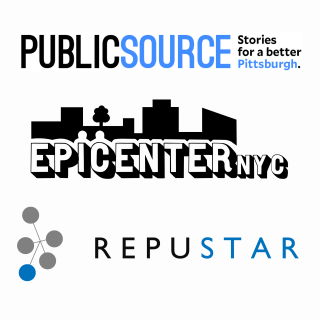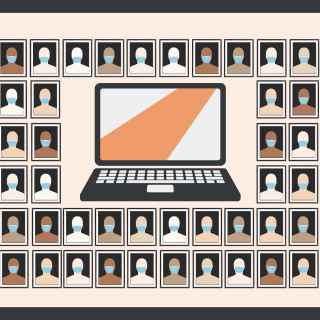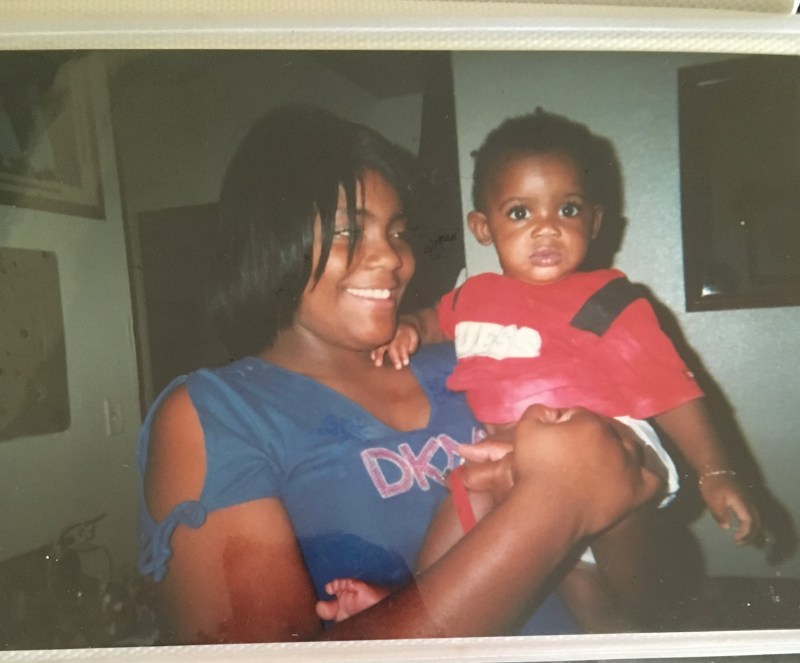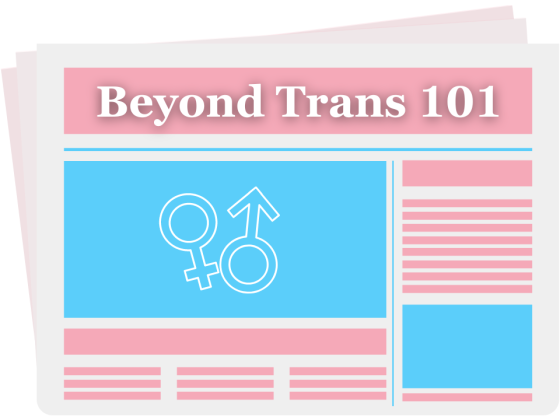Raised in East Atlanta my world was largely painted in shades of Black and Brown, with a handful of white faces in the school halls. Our communities didn’t have many other ethnicities, except for the Hispanic families who shared our neighborhoods, or the occasional white teacher.
This was my universe for the better part of my formative years. Originally, attending an HBCU had been a comforting thought, it was an extension of what was familiar.
The onslaught of the pandemic, coupled with the devastating loss of my mother, altered my path. When the time came to make a college decision, I found myself drawn to Georgia Southern University, not an HBCU, and home to only a 25 percent Black student population.
Devoid of any research into the university’s demographics, without even a campus tour to guide me, I was essentially venturing into uncharted territory, blindfolded and full of uncertainty.
The solitude of the campus was an unexpected contrast to my communal upbringing. It felt so desolate that any notion of social interaction seemed impossible. Still, as I navigated the campus, I was struck by a kaleidoscope of human diversity, a stark contrast to the monochrome of my childhood.
Driven by my unfamiliarity, and exacerbated by the alienating effects of COVID in August of 2020, I withdrew into a shell. I was abruptly thrust into the reality of being a lone Black voice. The weight of a collective gaze silenced my once-boisterous voice, stifling my opinions and ideas for fear of sounding ignorant or incoherent. This crippling fear even extended to online interactions, where I’d switch off my camera to blend into the virtual background.
This was a different me, a distorted reflection of the bold and quick-witted child I had been. I never feared expressing my thoughts and never shied away from the spotlight. Even as a ten-year-old, I stood tall and resolute at my grandfather’s funeral, confidently declaring my promise to graduate college to the entire congregation. Now, I was the silent observer, swallowed whole by a sea of new faces and cultures.
Home, but unfamiliar
Each journey back to Atlanta only sharpened the edge of feeling out of place, even among the people I loved and the surroundings that once defined my existence—returning to campus after those visits was like wading through a swamp of dread.
By the end of my freshman year, I was all but convinced that transferring to a school with more Black students—perhaps even the bigger campus in Statesboro, Georgia—was the way forward. The flagship campus is home to most of the university’s 6,500 Black students. Yet, something held me back and I decided to give things one more shot, one more chance at Georgia Southern, now that the COVID restrictions were a thing of the past.
Coming back, I was met with a campus that seemed to have shed its earlier, stifling skin. The environment was changed, vibrant, and alive in a way that had escaped my notice during those first two semesters.
I grabbed this opportunity to really know my surroundings and the people within it. Slowly but surely, I found myself adapting to campus. My speech began to shift, my worldviews broadened, and even the way I carried myself transformed.
Standing out, fitting in
It wasn’t a betrayal of who I was at my core; rather, it was a realization that I was capable of navigating different cultural landscapes. This new way of existing had its challenges. Conversations with friends and family made me aware of the complex dance I was performing daily: code-switching between two worlds that both claimed a part of me. It is a balance that demands finesse and effort leaving me drained at the end of most days.
There’s a specific fatigue that accompanies the constant shifting between two cultural identities, a wearying dance, especially when neither identity seems to embrace you completely. To some, I might appear to be acting “white”; to others, I might seem to be playing into preconceived stereotypes.
This dual existence often leaves me longing for the unguarded embrace of my immediate family, a sanctuary where I can shed the performance and find solace in the dialect that reminds of home.
Yet, even in these complexities, I find strength. I see it in the reactions of those I encounter – that flash of surprise or change in their eyes initially fixed on the locs on my head, matching my coherent speech and the articulate enunciation of my words. It’s more than a dance; it’s a moment of revelation that connects me deeply to my unique place in these intertwined worlds.
My ability to navigate these worlds acts as a bridge. It not only links two distinct realities but also breaks barriers, transcends limitations, and lights the path to something extraordinary: being the first in my family to graduate college.
Remembering the anxious inner-city kid I was at the start of college, I reflect on how unprepared I was for this profound journey. That child remains an anchor, grounding me to the core of my identity, a pulse in my heart that reminds me of where I began. I never want to lose that connection, that authenticity, because it’s more than a memory—it’s an unbreakable link to my roots.
But authenticity comes with its struggles. Constantly subduing parts of myself in job interviews, conversations with professors, and interactions outside my community feels like a necessary sacrifice. It’s the cost of success in a world where judgments are often made before I even speak. Parts of my identity seem to wane in the glare of societal expectations, and yet, I don’t have easy answers.
What I have is hard work, resilience, and a duality that, although challenging, enriches my understanding of the world. These dual perspectives, seemingly at odds, offer a profound, holistic view that empowers me to adapt to any environment. It’s a powerful tool, not only in connecting with others but in shaping my path forward.






